Why are 7-Eleven Slurpee cups so big?
Get 7-Eleven merchandise here... http://geni.us/38tw9e
Join this channel to help me bring you more vids...
https://www.youtube.com/channel/UCS-ix9RRO7OJdspbgaGOFiA/join
Join the free von Panda group here... https://panda-research-institute.mn.co
Get Peter von Panda gear here... https://petervonpanda.storenvy.com/
Instagram... https://www.instagram.com/petervonpanda/
As an Amazon Associate I earn from qualifying purchases.
7-Eleven is an American-Japanese international chain of convenience stores, headquartered in Irving, Texas, that operates, franchises, and licenses some 56,600 stores in 18 countries.[1] The chain was known as Tote'm Stores until renamed in 1946. Its parent company, Seven-Eleven Japan Co., Ltd., is located in Chiyoda, Tokyo.[2] Seven-Eleven Japan is held by the Seven & I Holdings Co.[3]
7-Eleven in the United States sells Slurpee[22] drinks, a partially frozen soft drink introduced in 1965,[23] and Big Gulp beverages, introduced in 1976.[24][25] Other products include: 7-Select[26] private-brand products,[27] coffee, fresh-made daily sandwiches, fresh fruit, salads, bakery items, hot and prepared foods, gasoline, dairy products, carbonated beverages and energy drinks, juices, financial services, and product delivery services.
7-Eleven is known for their relatively large drink sizes. 7-Eleven commonly offers beverages that are 32 ounces (946ml) (Big Gulp), 44 U.S. fluid ounces (1.301 L) (Super Big Gulp), 53 ounces (1567ml) (X-Treme Gulp), 64 ounces (1893ml) (Double gulp), or 128 Ounces (3785ml) (Team Gulp). These beverage sizes were all among the largest commonly sold soft drinks when they were introduced.[28] 7-Eleven has been commonly associated with these very large sodas in popular culture. For example, Mayor Michael Bloomberg's proposed ban on large sodas in New York City was commonly nicknamed the Big Gulp ban.[29]
In 2012, 7-Eleven changed the size of the Double Gulp from 64 ounces to 50 ounces (1478ml). The older style cups were too wide at the bottom and did not fit beverage holders in cars. This was not a reaction to the large soda ban proposal, according to a spokesperson.[30]
A Slurpee is a frozen carbonated beverage sold at 7-Eleven stores. In Oklahoma, they are known as "Icy Drink".
Machines to make frozen beverages were invented by Omar Knedlik in the late 1950s. The idea for a slushed ice drink came when Knedlik's soda fountain broke down, forcing him to put his sodas in a freezer to stay cool, which caused them to become slushy. The result was popular with customers, which gave him the idea to make a machine to help make a "slushy" from carbonated beverages. When it became popular, Knedlik hired artist Ruth E. Taylor to create a name and logo for his invention. She created the ICEE name and designed the original logo, which is used today. Early prototypes for the machine made use of an automobile air conditioning unit.[1]
After a successful trial of ICEE machines in 100 stores,[2] 7-Eleven in 1965 made a licensing deal with The ICEE Company to sell the product under certain conditions. Two of these were that 7-Eleven must use a different name for the product, and that the company was only allowed to sell the product in 7-Eleven locations in the US, a non-compete clause ensuring the two drinks never went head to head for distribution rights. 7-Eleven then sold the product that in 1966 became known as the "Slurpee" (for the sound made when drinking them). The term was coined by Bob Stanford, a 7-Eleven agency director.
The Slurpee machine has a separate spout for each flavor at the front of a tumbler or freezer, where patrons pour their own Slurpees. When Slurpees were first introduced, the dispensing machine was located behind the counter, and the clerk was tasked with dispensing the product. Common flavors are frozen Cherry, Coke, and Mountain Dew. But new flavors are introduced regularly. In the Slurpee's early history, flavors rotated much more frequently than today. Slurpee flavors were given novelty names such as Pink Fink, Adults Only, Moonshine, Kissin' Cousin, Gully Washer, Sticky Icky, and Redeye.
In 1990, Dallas-based Southland Corp., 7-Eleven's founder and US operator, went bankrupt, but Seven-Eleven Japan, and its parent Ito-Yokado, bought 70% of Southland in 1991 for $430 million and quickly launched renovations of the US stores. As a result, the US chains became more efficient, though 1,218 stores closed. Following the Japanese model, the new 7-Elevens set up a weekly system to monitor inventories to ensure popular items are always in stock.[3]
-
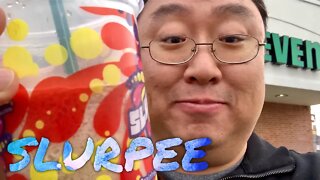 1:02
1:02
Peter von Panda
5 years ago7-ELEVEN SLURPEE!
29 -
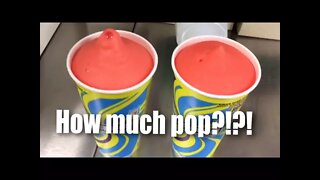 3:01
3:01
Peter von Panda
8 years agoHow much pop is actually in a 7-Eleven Slurpee?
48 -
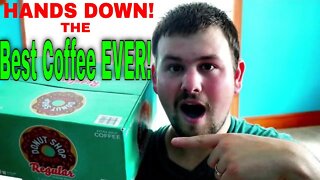 4:59
4:59
ScottsHonestReviews
3 years agoThe Original Donut Shop Regular Medium Roast Extra Bold Keurig K-Cups
82 -
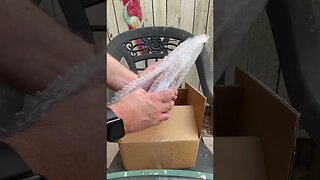 0:58
0:58
Tips From A Bellman
1 year agoLook What The Postman Brought Me ! Blenheim Ginger Ale Hot . Yumm . #shorts
84 -
 21:26
21:26
2krazyketos
4 years agoServing sizes are dumb! | Let's talk about it
-
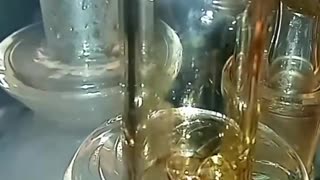 1:27
1:27
tErPwErKz710
10 months agoLEMON 🍋 DOUBLE CROSS DAB On round Bottom Slurper
100 -
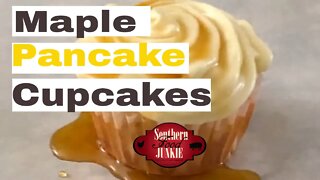 11:12
11:12
Southern Food Junkie
3 years agoMaple 🍁 Pancake 🥞 Cupcakes 🧁
25 -
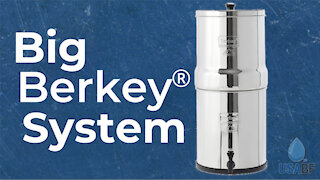 0:43
0:43
USABerkeyFilters
2 years agoBig Berkey® System (2.25 gallons), USA Berkey Filters
94 -
 0:20
0:20
PENNTOOLCO
1 year agoCalipers for the big stuff
4 -
 3:58
3:58
Wisdom Preserved
3 years agoHow to Make Italian Sodas
34